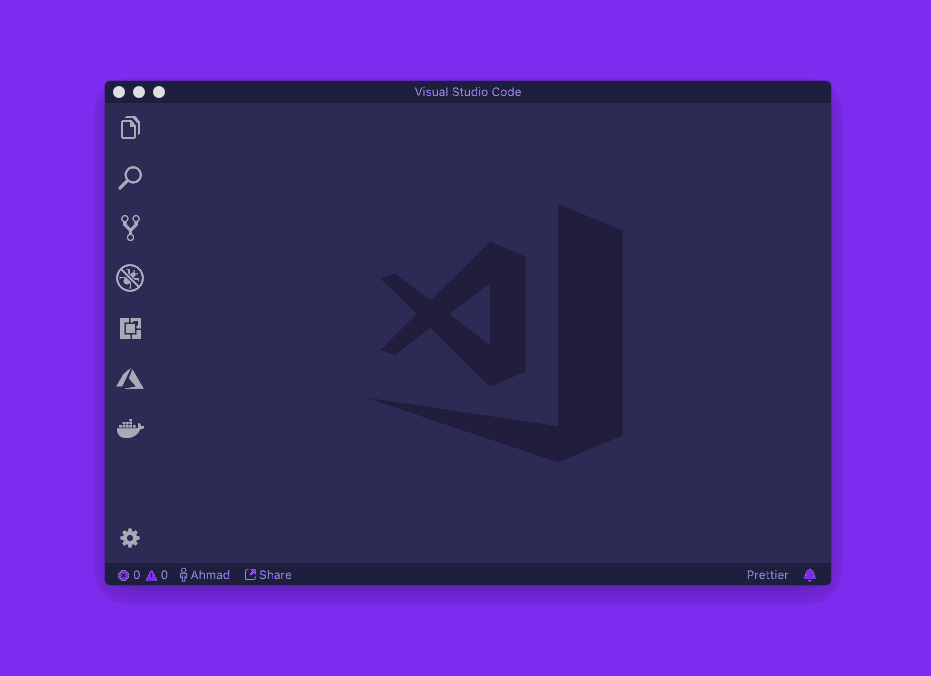?? The Easy Solution.
- Download, install and open Visual Studio Code.
- Open the Command Palette (? + ? + P on Mac) OR View ? Command Palette
3. Type
shell commandto findShell Command: Install 'code' command in PATH command
- Install it and you're done
Here's a complimentary GIF.
After that, you can use code or code . in the terminal.
code
Peace! ??
If you'd like to go a little bit further and learn a couple of great tips/tricks for using the VSCode CLI, I made a YouTube video on my workflows.
